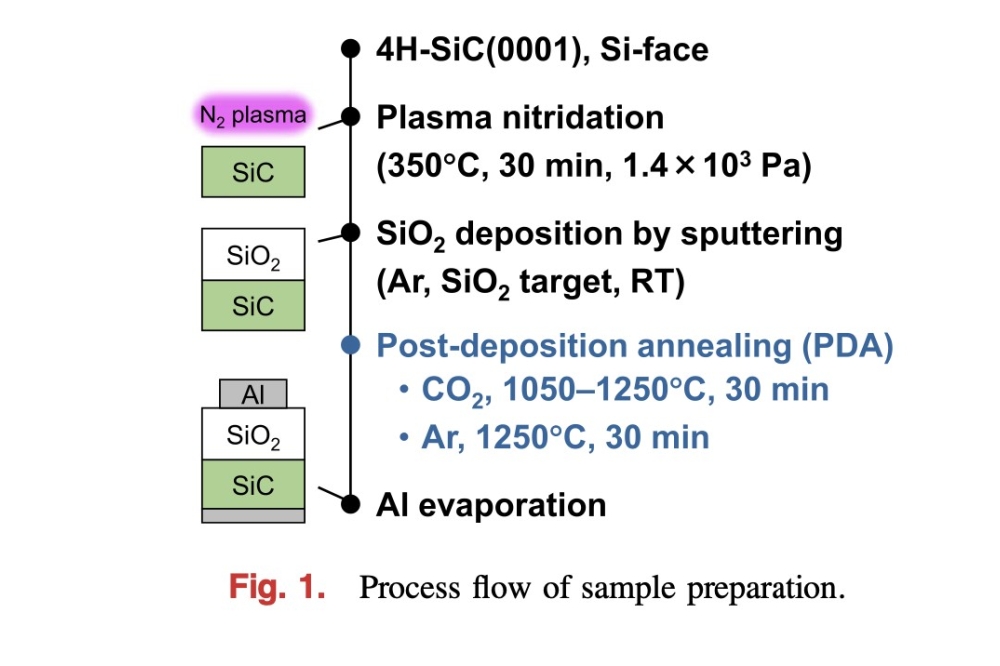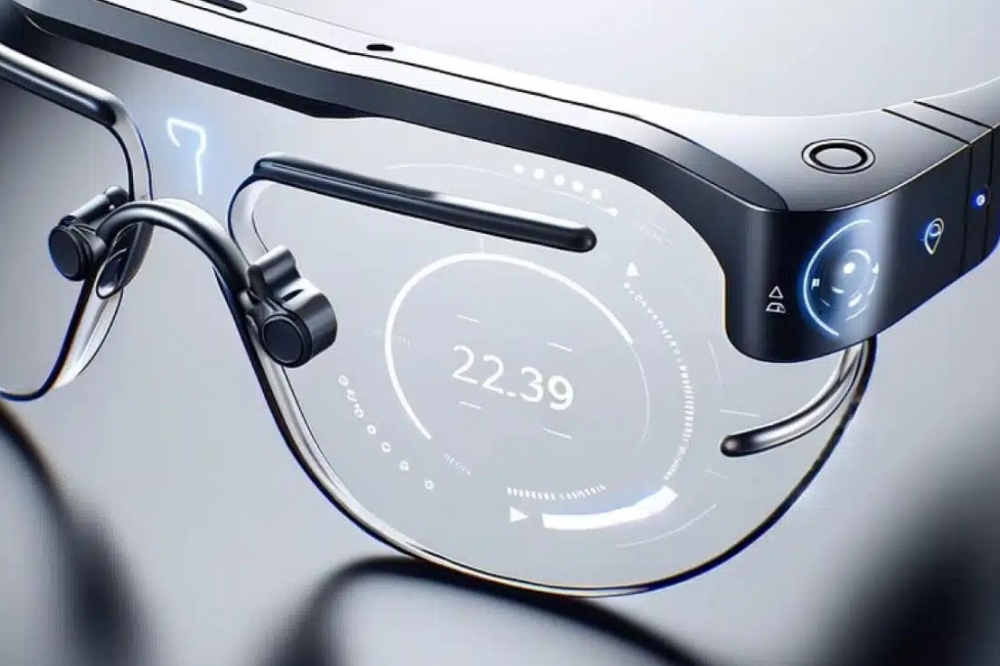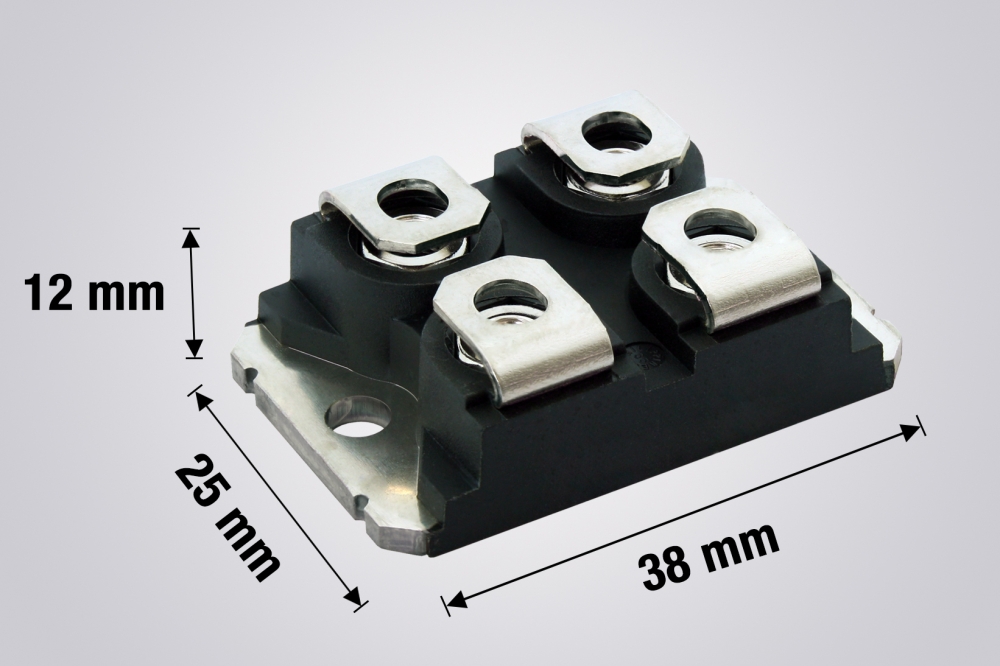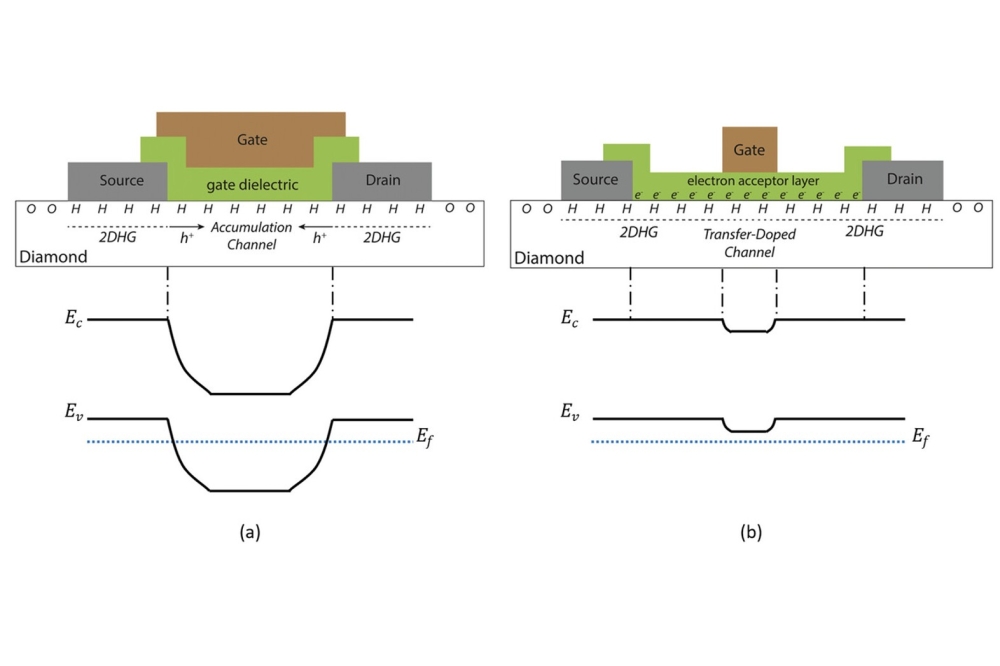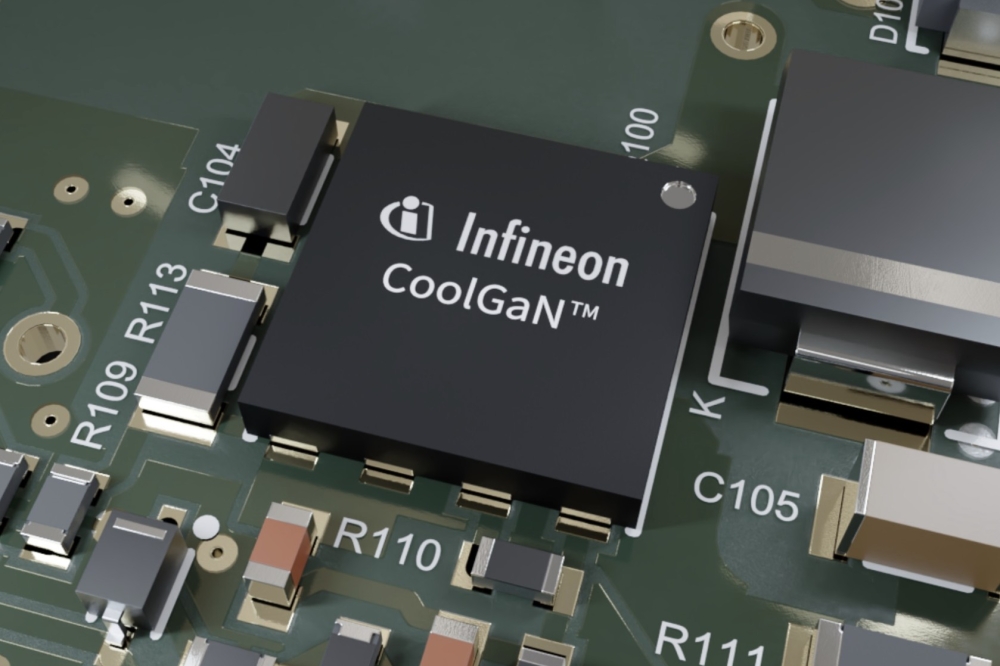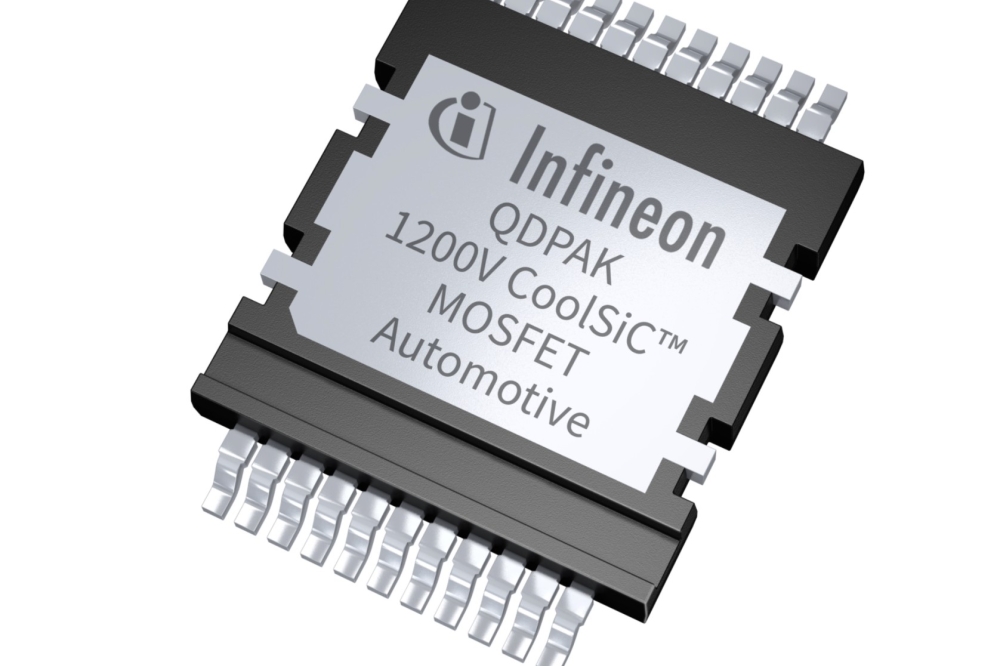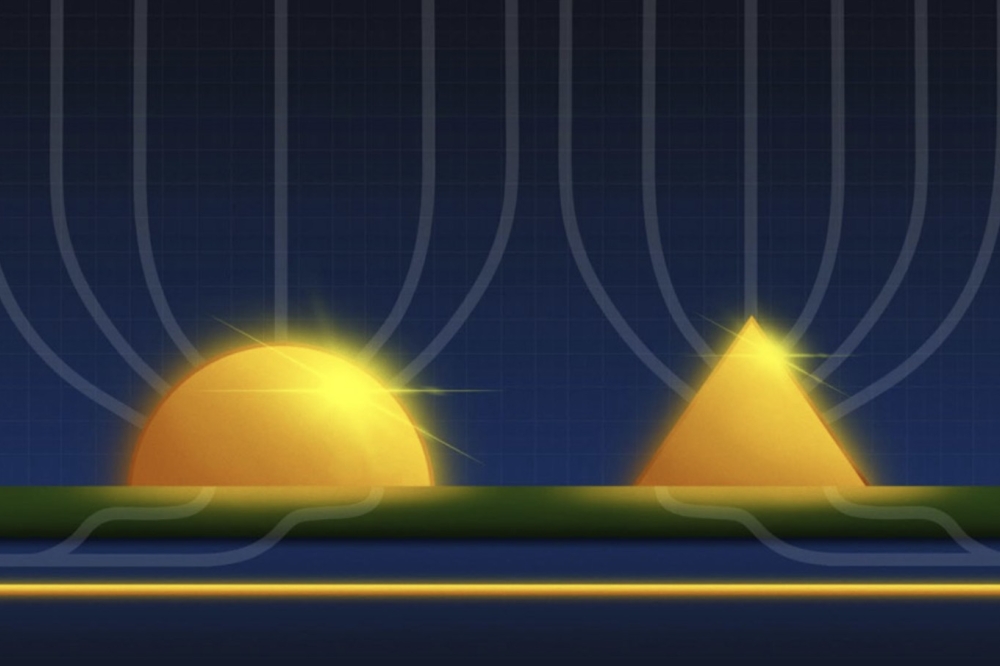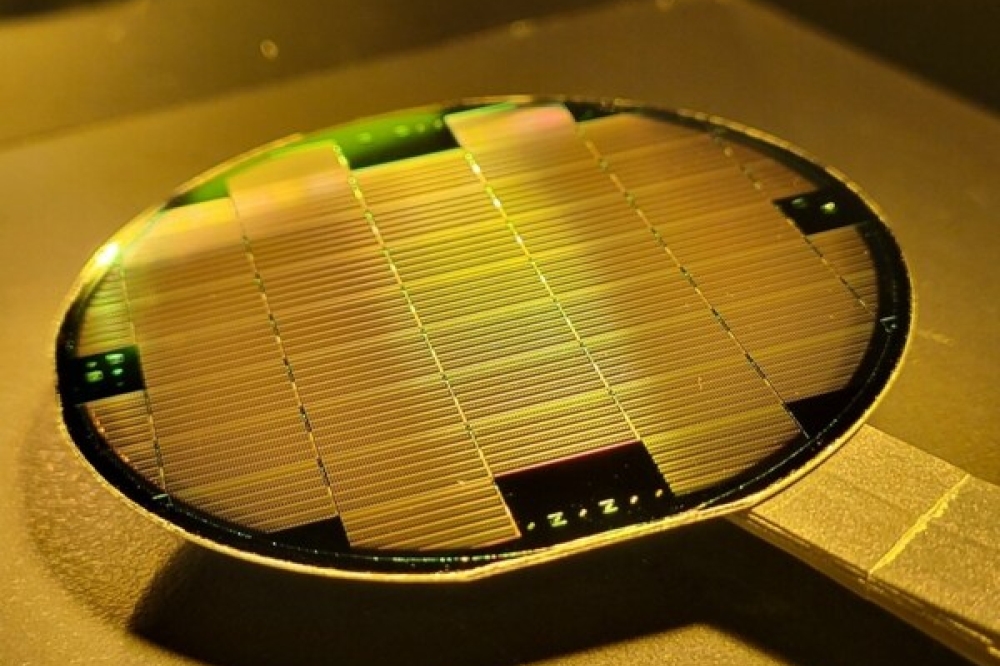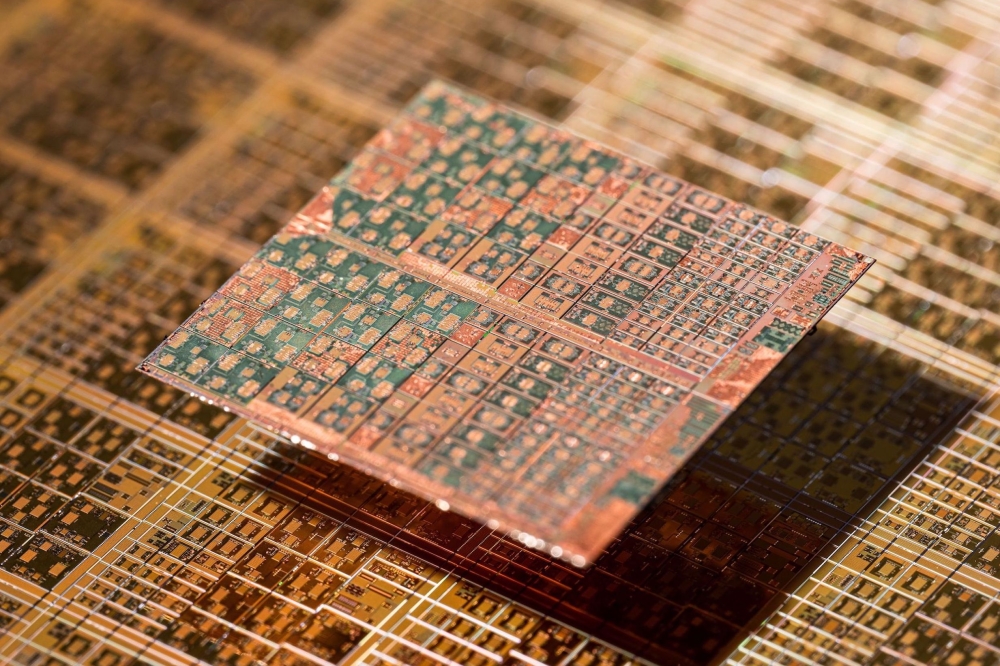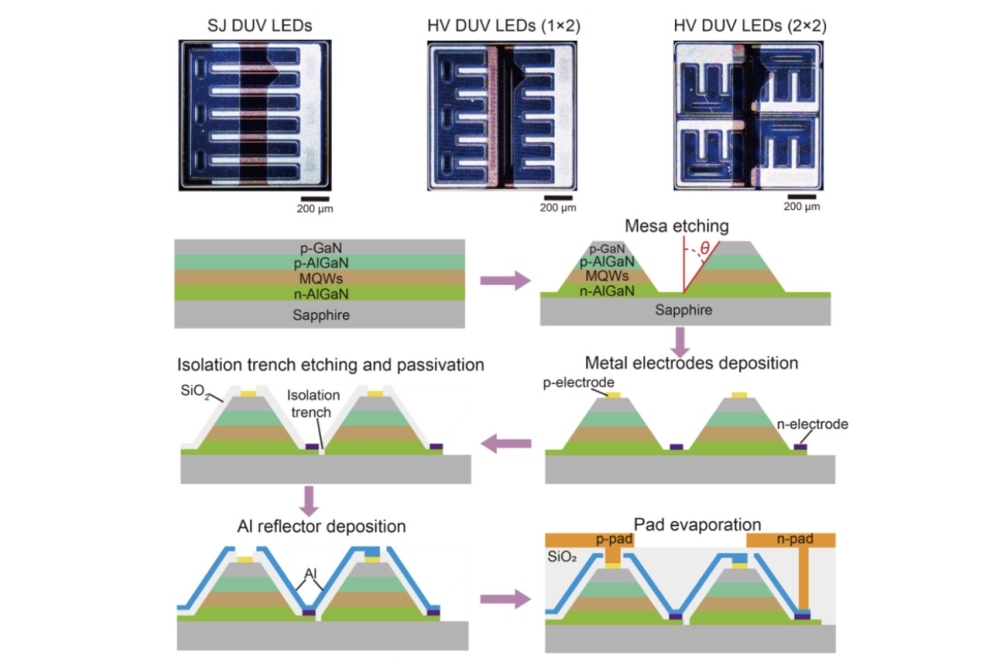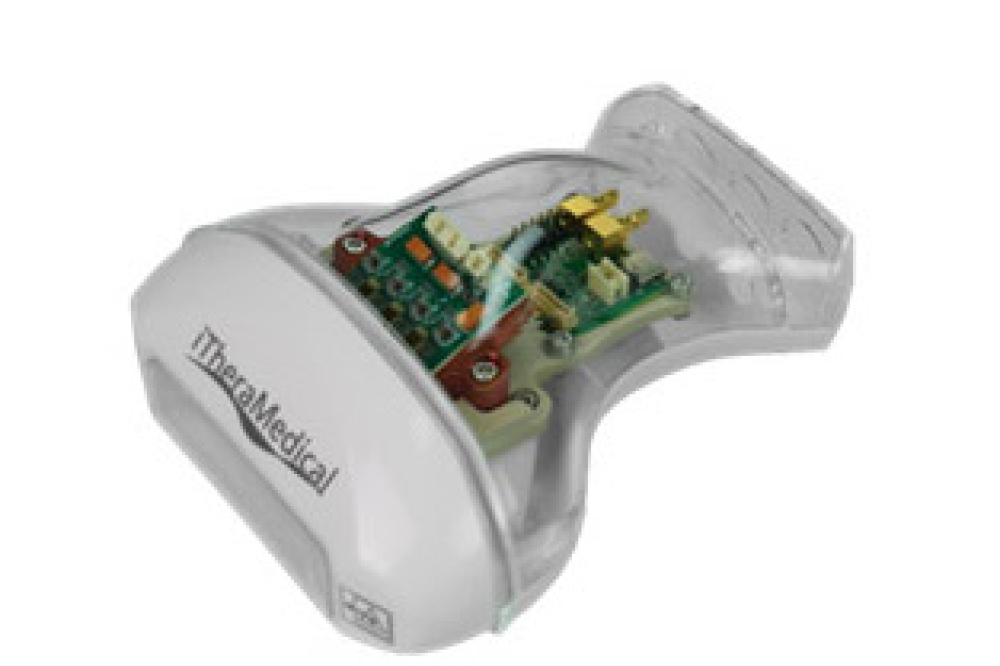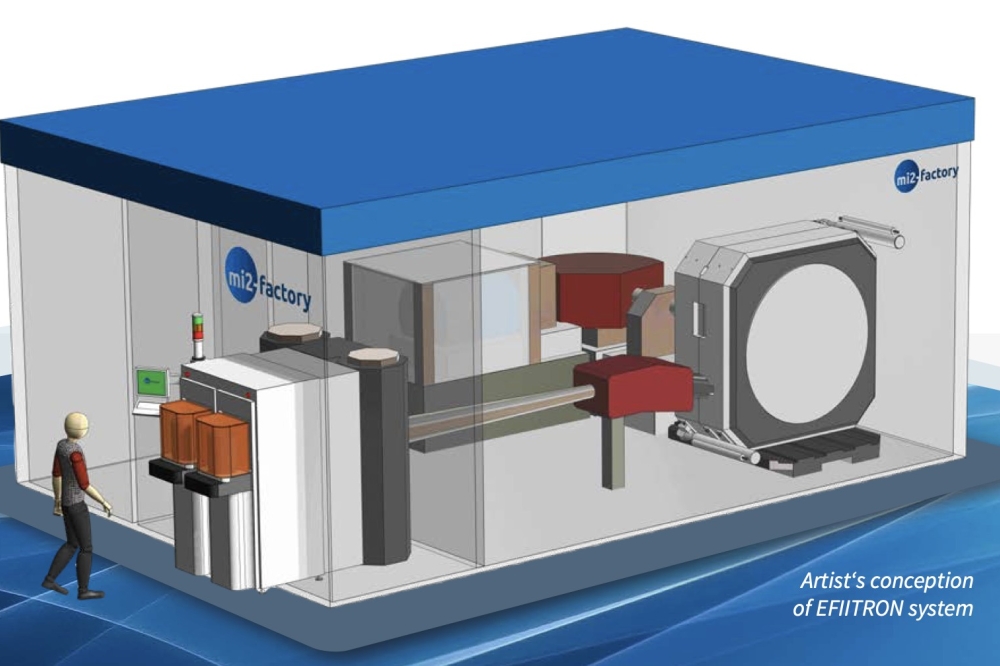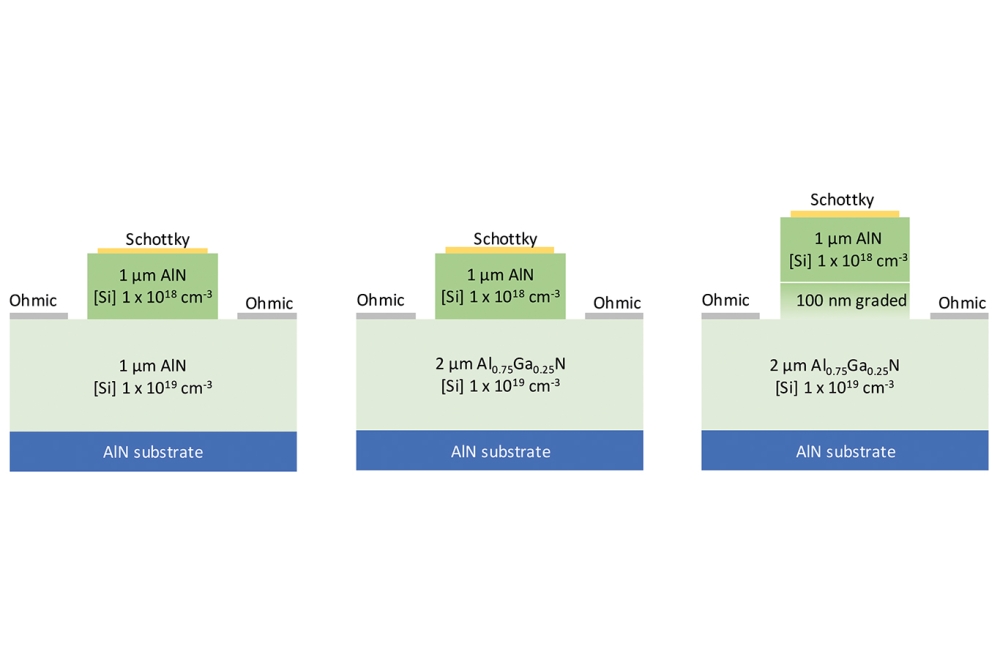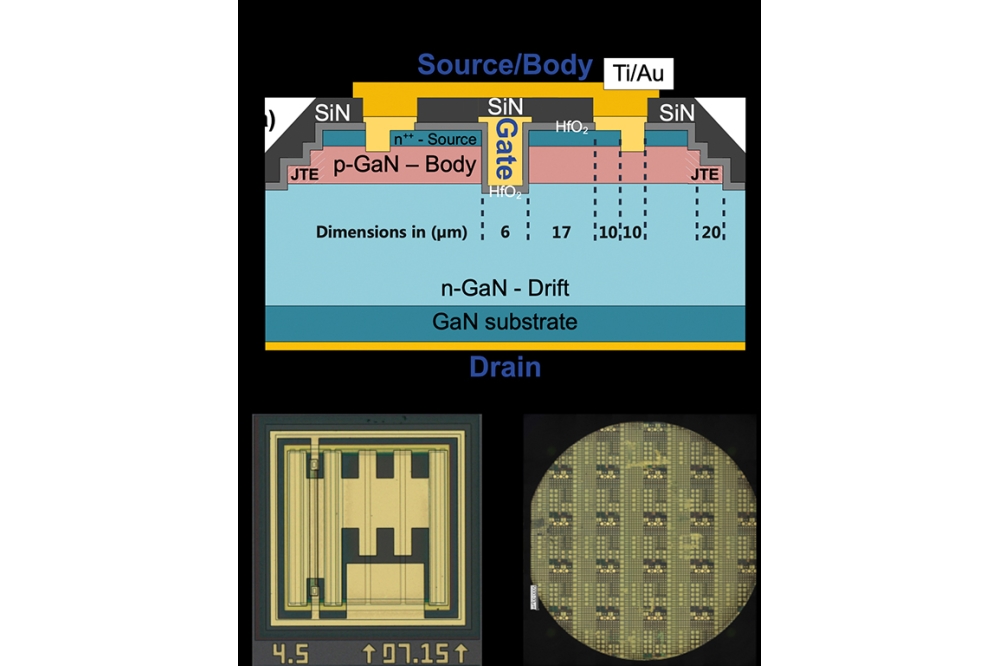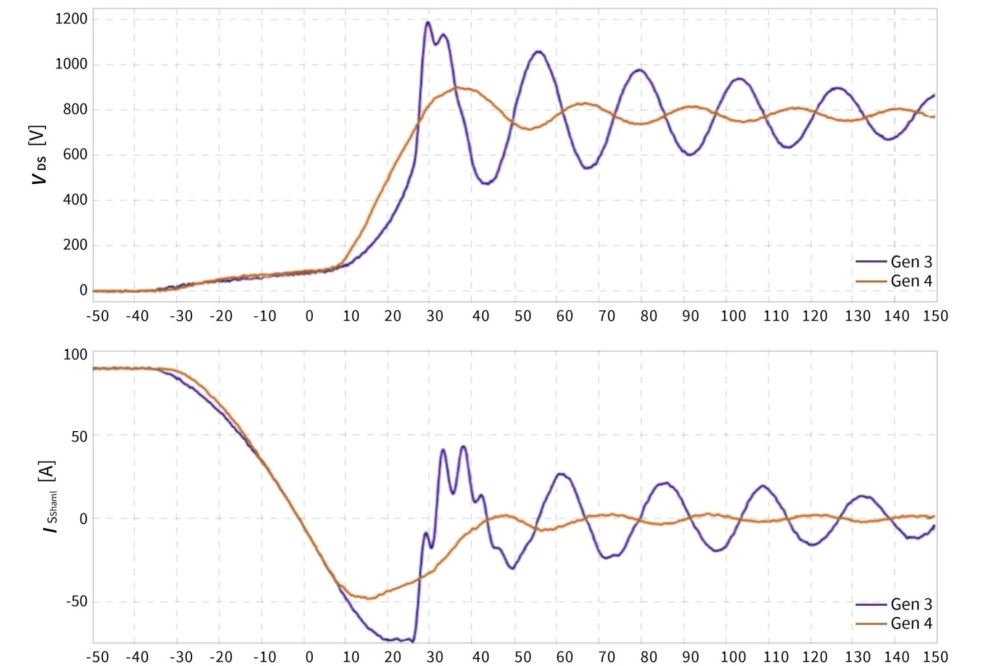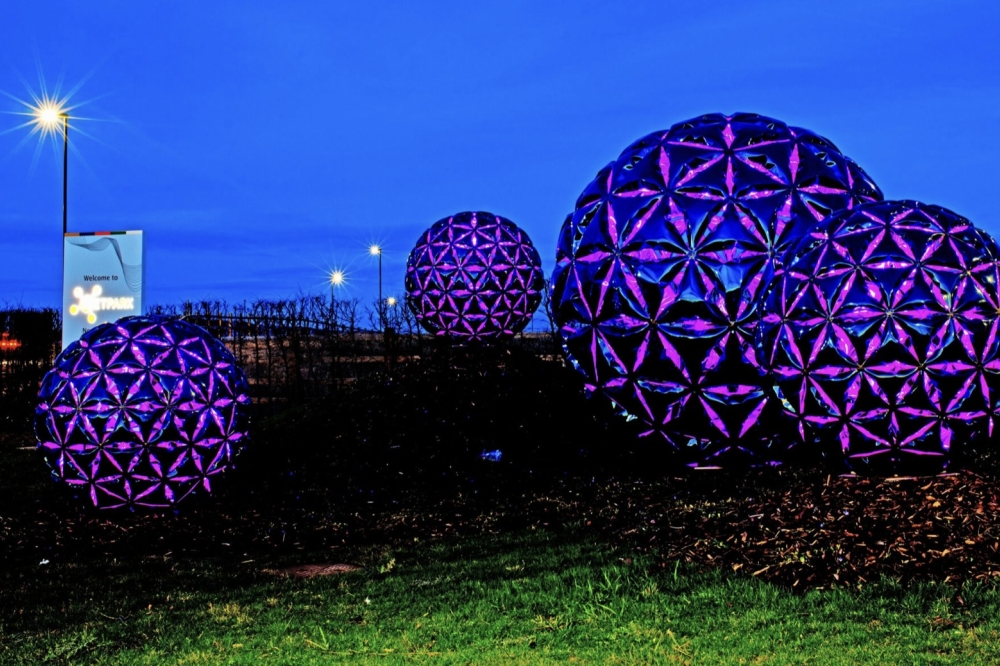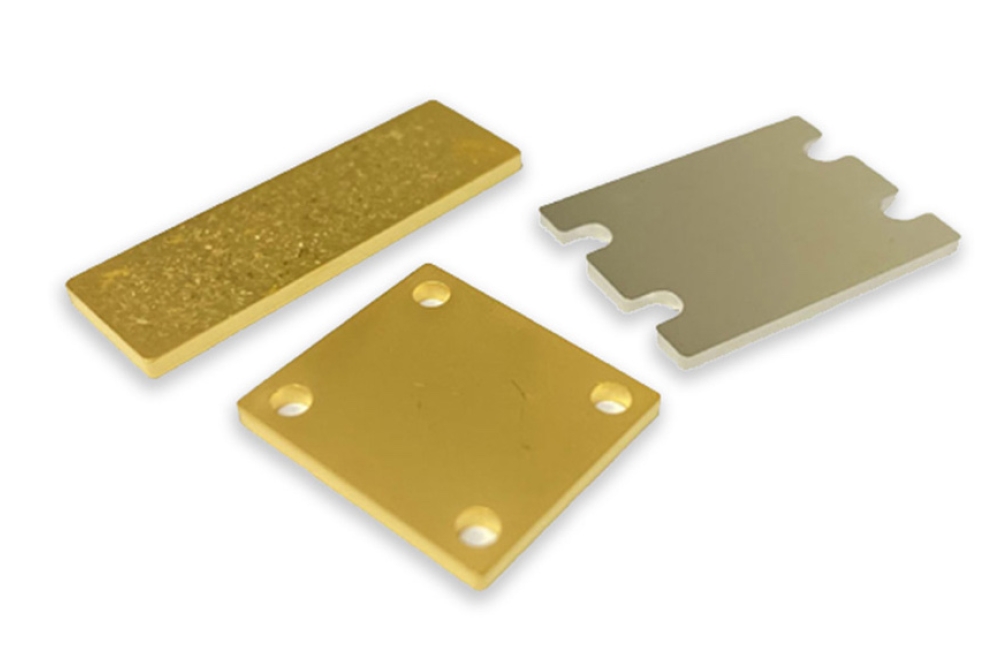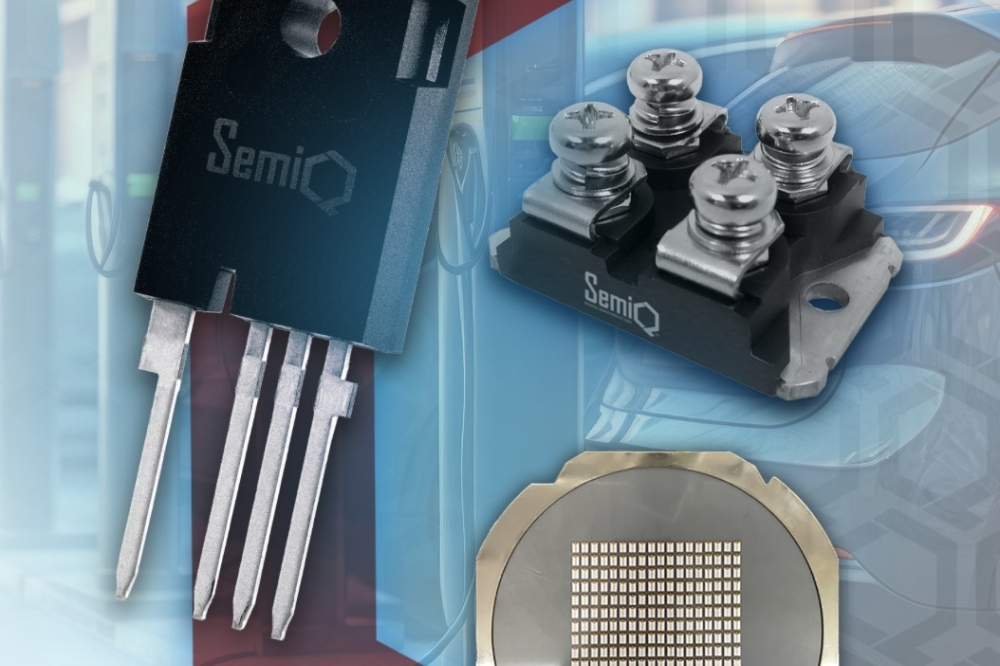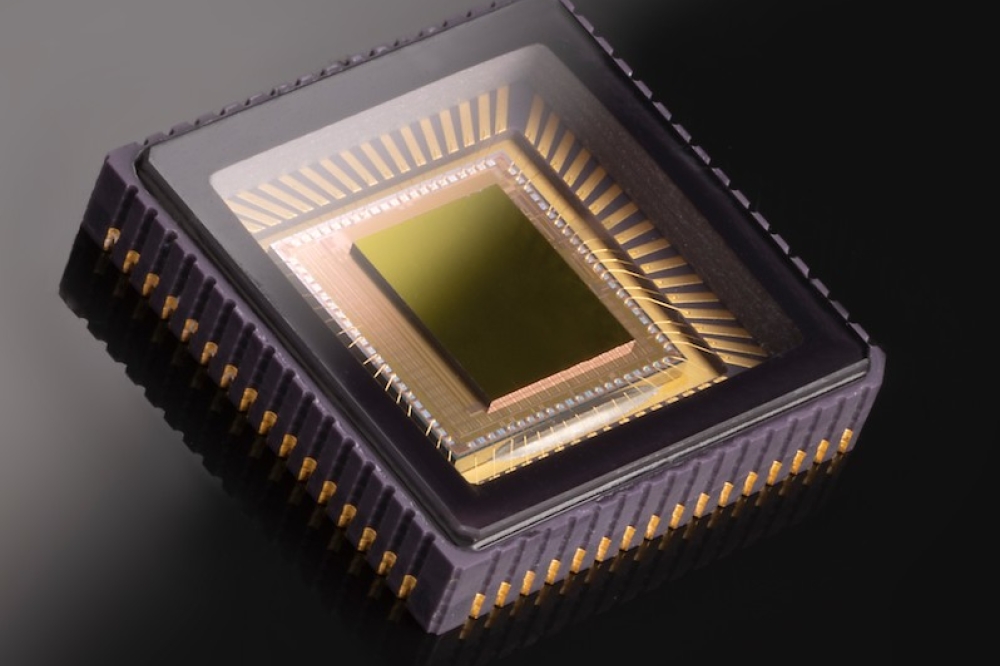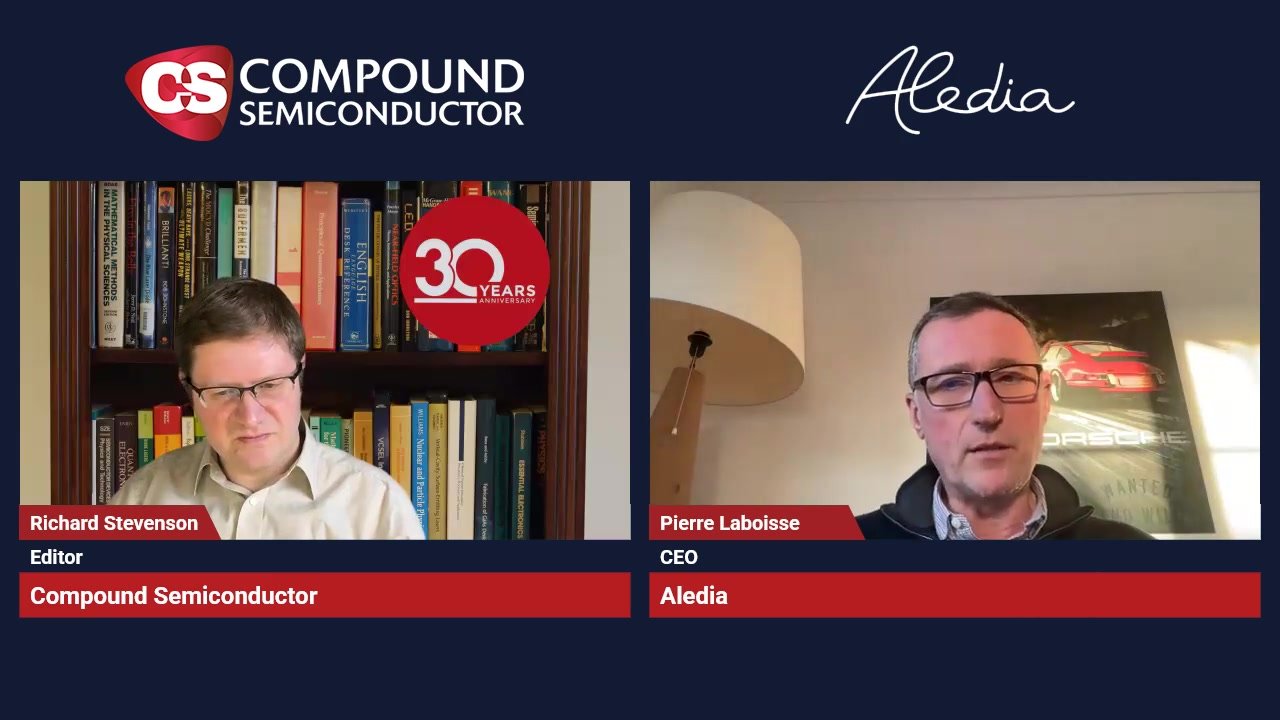222nm UV light effectively kills COVID-19 virus
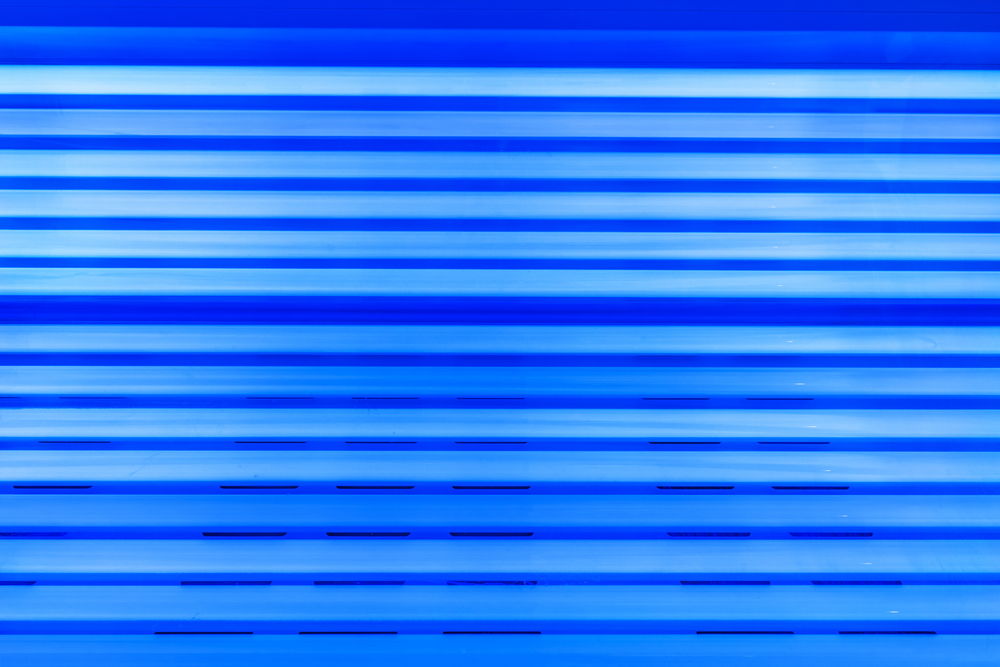
Hiroshima University researchers offer proof that UV-C light can be a promising disinfection system for occupied public spaces
A study conducted by Hiroshima University researchers found that using Ultraviolet C light with a wavelength of 222 nanometers which is safer to use around humans effectively kills SARS-CoV-2 - the first research in the world to prove its efficacy against the virus that causes COVID-19.
Other studies involving 222 nm UVC, also known as Far-UVC, have so far only looked at its potency in eradicating seasonal coronaviruses that are structurally similar to the SARS-CoV-2 but not on the COVID-19-causing virus itself.
An in vitro experiment by HU researchers showed that 99.7 percent of the SARS-CoV-2 viral culture was killed after a 30-second exposure to 222 nm UVC irradiation at 0.1 mW/cm2. The study is published in the American Journal of Infection Control.
Tests were conducted using Ushio's Care222 krypton-chloride excimer lamp. A 100 microlitre solution containing the virus (ca. 5 × 106 TCID50/mL) was spread onto a 9cm sterile polystyrene plate. The researchers allowed it to dry in a biosafety cabinet at room temperature before placing the Far-UVC lamp 24cm above the surface of the plates.
222 nm vs 254 nm UVC
The researchers say that a wavelength of 222 nm UVC cannot penetrate the outer, non-living layer of the human eye and skin so it won't cause harm to the living cells beneath. This makes it a safer but equally potent alternative to the more damaging 254 nm UVC germicidal lamps increasingly used in disinfecting healthcare facilities.
Since 254 nm UVC harms exposed human tissues, it can only be used to sanitise empty rooms. But 222 nm UVC can be a promising disinfection system for occupied public spaces including hospitals where nosocomial infections are a possibility.
The researchers, however, suggest further evaluation of the safety and effectiveness of 222 nm UVC irradiation in killing SARS-CoV-2 viruses in real-world surfaces as their study only investigated its in vitro efficacy.
The Far-UVC research is one of the four COVID-19 studies conducted by Hiroshima University scientists that received funding from the Japan Agency for Medical Research and Development.
Hiroki Kitagawa, Toshihito Nomura, and Hiroki Ohge of Hiroshima University Hospital's Department of Infectious Diseases, and Takemasa Sakaguchi of the Hiroshima University Graduate School of Biomedical and Health Sciences were behind the study.
'Effectiveness of 222-nm ultraviolet light on disinfecting SARS-CoV-2 surface contamination' by Hiroki Kitagawa et al; American Journal of Infection Control September 04, 2020

